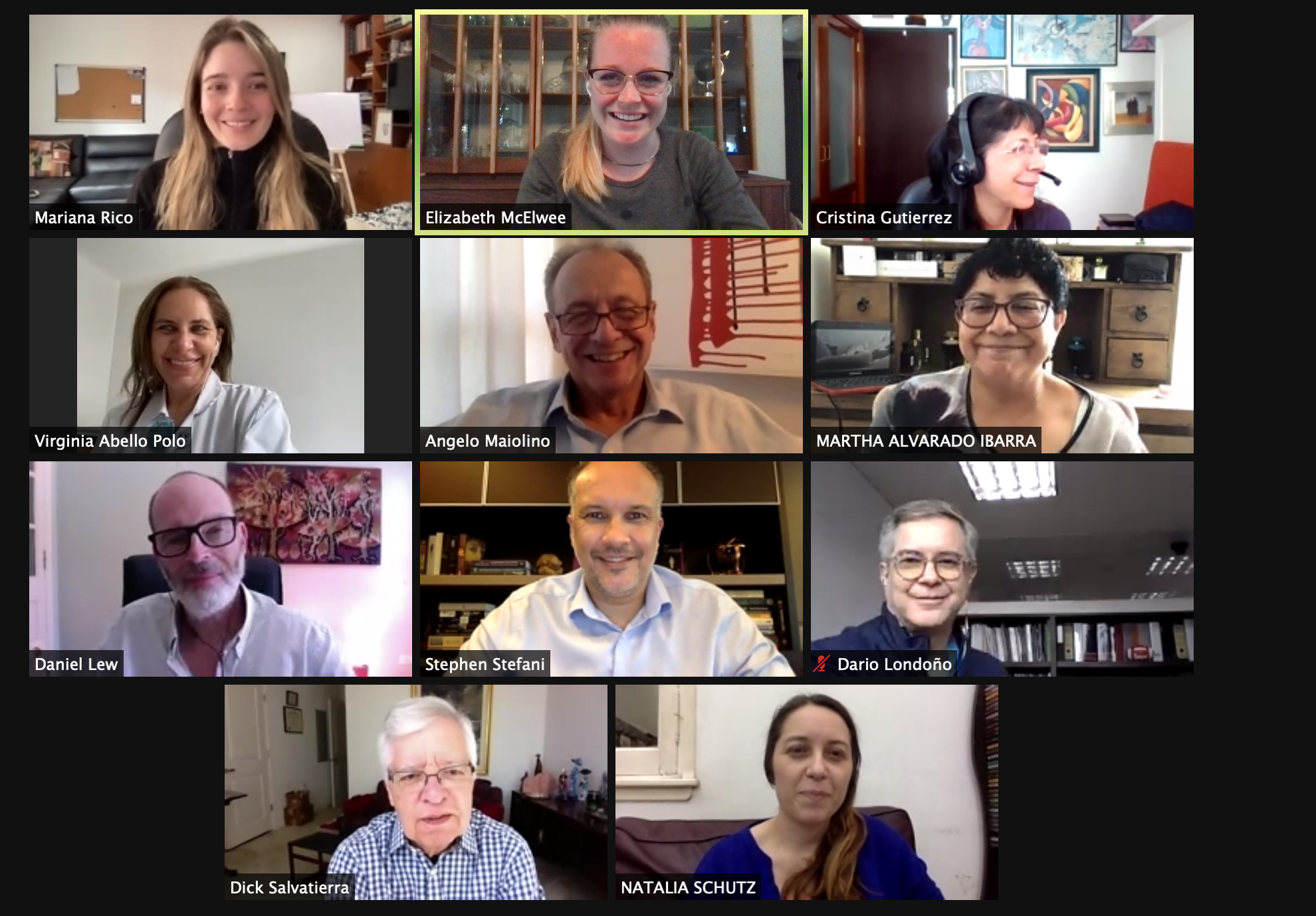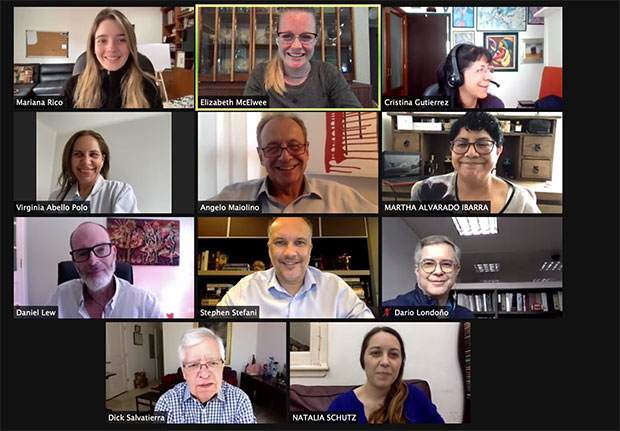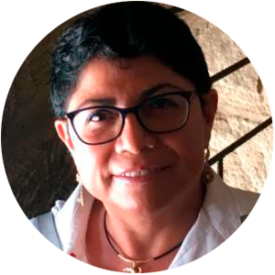33
Combo Therapies
for MM
in Latin America
AHF Convenes a Consensus Conference
on Combination therapies for Multiple Myeloma in Latin America
COMBINATION THERAPIES FOR
Multiple Myeloma in Latin America
Advances in therapy have led to improved survival in multiple myeloma (MM); however, depth and durability of tumor response to treatment affects the remission period. Combination therapies (CTs) have shown to significantly improve survival outcomes and have become the mainstay of MM treatment. With these advances, healthcare resource utilization and treatment-related costs are expected to increase, simply due to better treatments and longer treatment times consequently, more survival time. A longer progression free survival (PFS) has also resulted in increased care costs due to the additional resources consumed during PFS. However, there are currently no assessment and negotiation frameworks specific for combination therapies. CTs are critical to the cancer treatment future and show immense promise. While CTs are generally recommended for MM treatment, in many countries, there are no approved triplet regimens, and the future of MM will evolve to quadruplets which may increase the burden. Moreover, for many patients in Latin America (LA), standard-of-care is often hindered by lack of access to general and specialized health care, diagnostics, and advanced treatments, like novel agents, leading to poor outcomes.
A significant barrier to improving access to novel MM therapies is the absence of a mutually agreed upon framework for accurately assessing value, particularly in the realm of CTs, as cost effectiveness alone may not be an accurate indicator to assess CTs. Many of the current metrics for combination therapies fail to consider factors such as clinical response, MRD, survival, secondary clinical endpoints, and the costs associated with an increase in life span and PFS. This, in addition to traditional limitations the difficulty of ascribing a value to metrics that have no direct economic evaluation, like improving quality of life, reducing toxicity, emotional/psychological burden, social burden, economic concerns and discrimination in loan grants, and the value of options, and fragmented health systems. The result is a lack of coverage that creates a critical barrier to receiving newer generation oncologic drugs and CTs that improve prognosis, underscoring a need to improve access to novel oncology agents in both public and private health care settings.
In March 2021, AHF convened a meeting of LA experts on CTs in LA using as a case study MM via Zoom to develop recommendations for increasing access and thus improving treatment and effective management of cancers in the Region. The manuscript entitled “Combination Therapies for MM in Latin America: Challenges and Opportunities to Access Innovation” has been published at Ras Oncology and Therapy. Click here to read the full article.
PANELISTS INCLUDED











